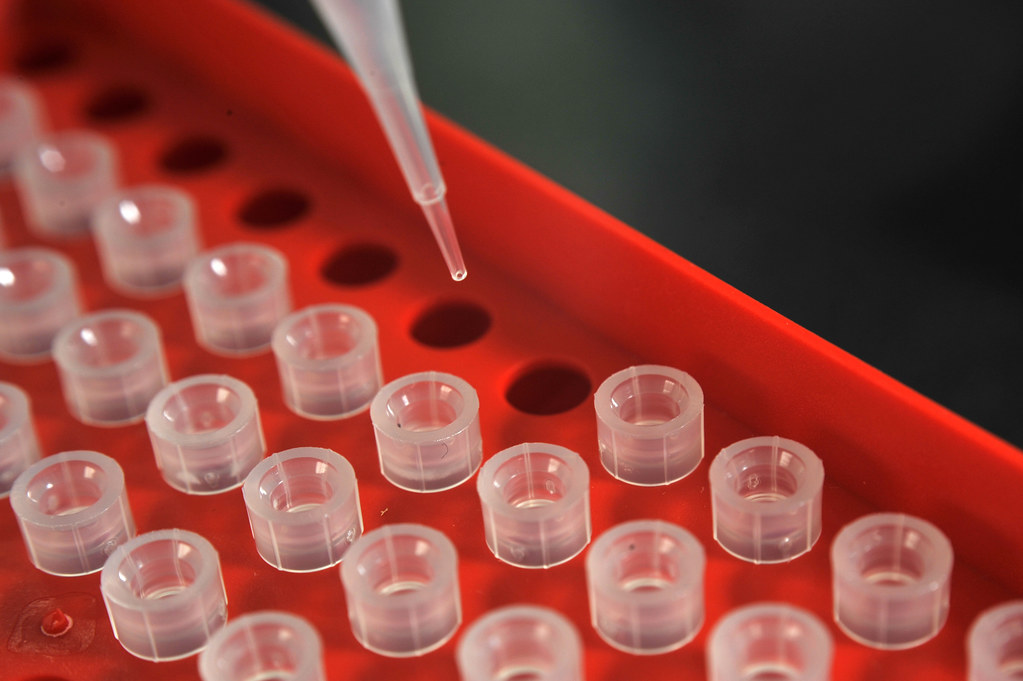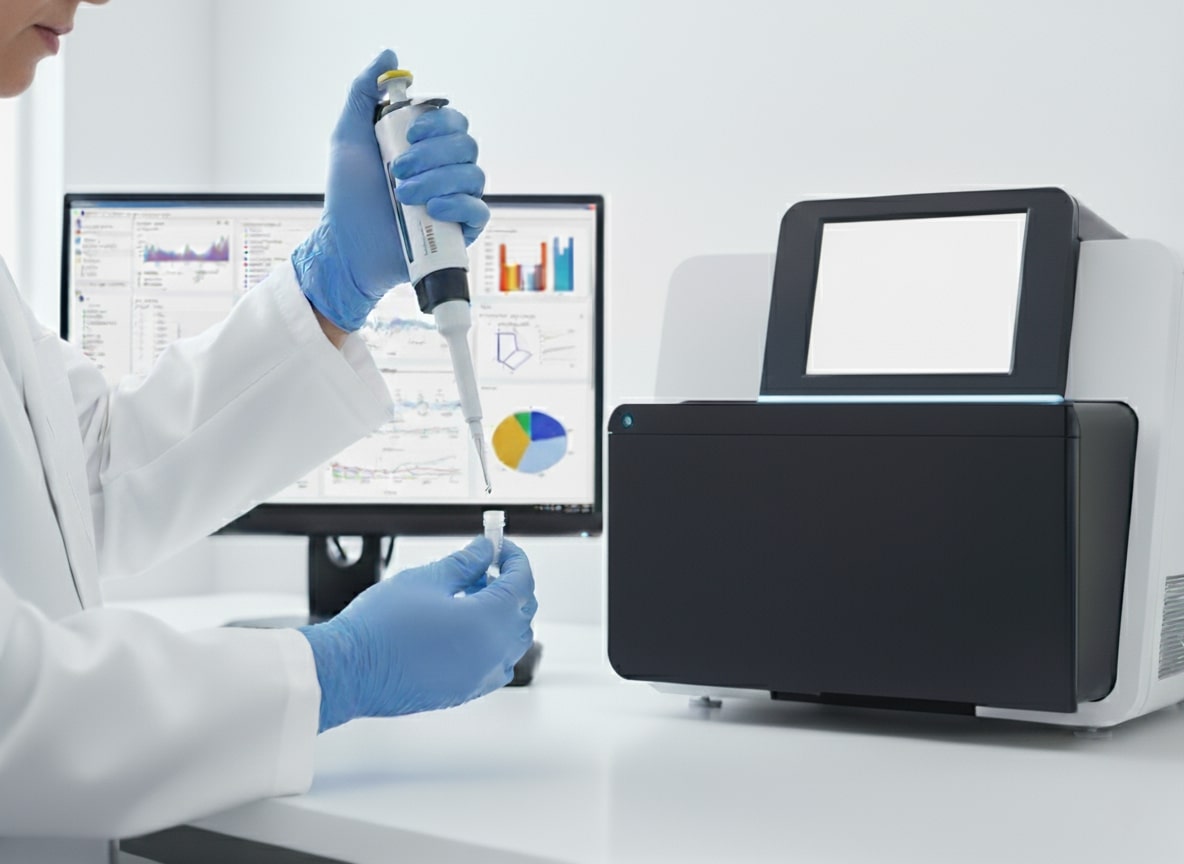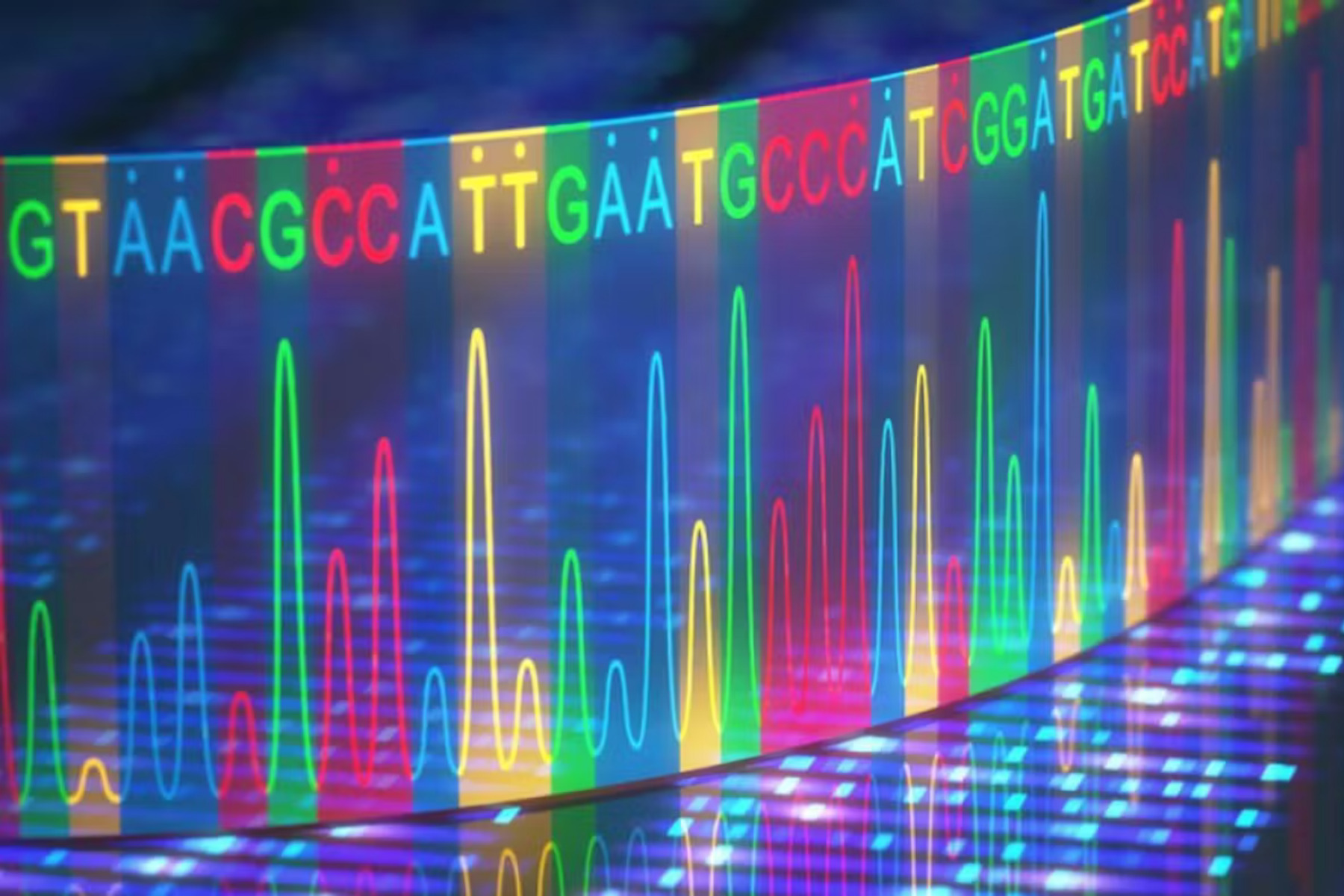The Future of Cancer Diagnostics: Circulating Tumor DNA (ctDNA)
Recent advances in cancer research have significantly expanded our understanding of the complex biology of tumors. Particularly promising is the study of circulating tumor DNA (ctDNA) - tiny, cell-free DNA fragments released into the bloodstream by cancer cells. The detection and analysis of these fragments enable an innovative approach to cancer diagnosis and monitoring, characterized by exceptional precision and minimal invasiveness.
What is Circulating Cell-Free DNA?
Genomic DNA (gDNA) encompasses all DNA within a cell, carrying stable, heritable genetic information. By contrast, circulating cell-free DNA (cfDNA) refers to DNA fragments freely circulating in the bloodstream. These fragments arise as byproducts of cellular processes such as apoptosis (programmed cell death) and can be classified as follows:
- Total cfDNA includes all cell-free DNA fragments in the bloodstream, regardless of their origin. This encompasses DNA fragments released through normal cell turnover, tissue damage, immune responses, or other physiological and pathological processes.
- Circulating tumor DNA (ctDNA) is a specific subset of cfDNA, consisting of DNA fragments released by cancer cells. It carries genetic mutations or alterations characteristic of tumors and thus serves as a crucial marker for cancer diagnosis and monitoring.
How is the Level of cfDNA in Blood Regulated?
The concentration of cfDNA in blood is controlled by the balance between release and degradation.
cfDNA Release
cfDNA enters the bloodstream through various biological processes, occurring under both normal and pathological conditions, thereby influencing the total cfDNA pool in the body. Key mechanisms of cfDNA release include [1]:
-
Cell Death:
- Apoptosis: Programmed cell death in which DNA is fragmented and released into the bloodstream.
- Necrosis: Cell death caused by injury, also releasing DNA fragments.
- Other Mechanisms:
- Oncosis: A prelethal form of cell injury characterized by cell and organelle swelling, membrane blebbing, and increased membrane permeability [2].
- Pyroptosis: Inflammatory programmed cell death, marked by cell swelling and osmotic lysis, releasing DNA fragments [3].
- Phagozytose: Immune cells engulf and digest apoptotic or necrotic cells, releasing DNA into the bloodstream.
- Active Secretion: Some cells actively secrete DNA into the extracellular space, contributing to circulating cfDNA.
- Neutrophil Extracellular Traps (NETs): Neutrophils release DNA in response to infection or inflammation, forming structures known as NETs that capture and neutralize pathogens [4].
An increase in cfDNA concentration may indicate conditions such as cancer, pregnancy, inflammation, or infection. In cancer, tumor cells contribute significantly to cfDNA, particularly through ctDNA, which contains tumor-specific genetic alterations.
cfDNA Degradation
cfDNA has a short half-life, usually only a few minutes to at most 1–2 hours. This property allows dynamic, real-time monitoring of biological processes, such as assessing tumor response to treatment or evaluating tissue damage. The cfDNA content in blood is regulated by efficient degradation and clearance mechanisms. Central mechanisms of cfDNA clearance include [1]:
-
Involved Organs:
- Liver and spleen: DNA and nucleosomes are captured and degraded primarily by specific macrophages.
- Kidneys: Extracellular single-stranded DNA is filtered and removed in the renal glomeruli.
- Circulating Enzymes:
- DNase I: This enzyme is essential for cfDNA degradation. It breaks DNA into smaller fragments, preventing cfDNA accumulation in the bloodstream.
Impaired cfDNA Clearance
In healthy individuals, cfDNA is efficiently removed from the bloodstream, ensuring low and stable concentrations. Under certain pathological conditions, however, clearance mechanisms may be impaired, leading to cfDNA accumulation:
- Cancer: Tumor growth and associated cell death (apoptosis and necrosis), combined with inefficient cfDNA clearance, contribute to increased cfDNA concentrations. As the tumor progresses, the proportion of ctDNA carrying tumor-specific genetic alterations rises significantly.
- Chronic inflammation or infections: Persistent cell death and continuous immune activation may overload clearance mechanisms, also resulting in elevated cfDNA levels.
The accumulation of cfDNA, particularly ctDNA, is a hallmark feature that can be leveraged diagnostically. Both the concentration and tumor-specific genetic mutations in cfDNA provide valuable information about tumor burden, response to therapy, and disease progression. Analyzing these parameters opens new possibilities for monitoring and treating cancer.
Conclusion
Now that you have gained a solid understanding of cfDNA, look forward to our next article. There, we will examine the biological advantages of cfDNA in more detail, as well as the applications of ctDNA in early cancer detection and treatment monitoring.
LIQOMICS & Our Services
LIQOMICS offers LymphoVista a ctDNA-based MRD test for lymphomas, which stands out for its extremely high sensitivity and specificity, as well as MRD monitoring solutions for other cancer types. Learn more about our services and contact us to find out how we can support you.
Literature
- Kustanovich A, Schwartz R, Peretz T, Grinshpun A. Life and death of circulating cell-free DNA. Cancer Biol Ther. 2019;20(8):1057-1067. doi: 10.1080/15384047.2019.1598759. Epub 2019 Apr 16. PMID: 30990132; PMCID: PMC6606043.
- Fink SL, Cookson BT. Apoptosis, pyroptosis, and necrosis: mechanistic description of dead and dying eukaryotic cells. Infect Immun. 2005 Apr;73(4):1907-16. doi: 10.1128/IAI.73.4.1907-1916.2005. PMID: 15784530; PMCID: PMC1087413.
- Liu Y, Pan R, Ouyang Y, Gu W, Xiao T, Yang H, Tang L, Wang H, Xiang B, Chen P. Pyroptosis in health and disease: mechanisms, regulation and clinical perspective. Signal Transduct Target Ther. 2024 Sep 20;9(1):245. doi: 10.1038/s41392-024-01958-2. PMID: 39300122; PMCID: PMC11413206.
- Rada B. Neutrophil Extracellular Traps. Methods Mol Biol. 2019;1982:517-528. doi: 10.1007/978-1-4939-9424-3_31. PMID: 31172493; PMCID: PMC6874304.



